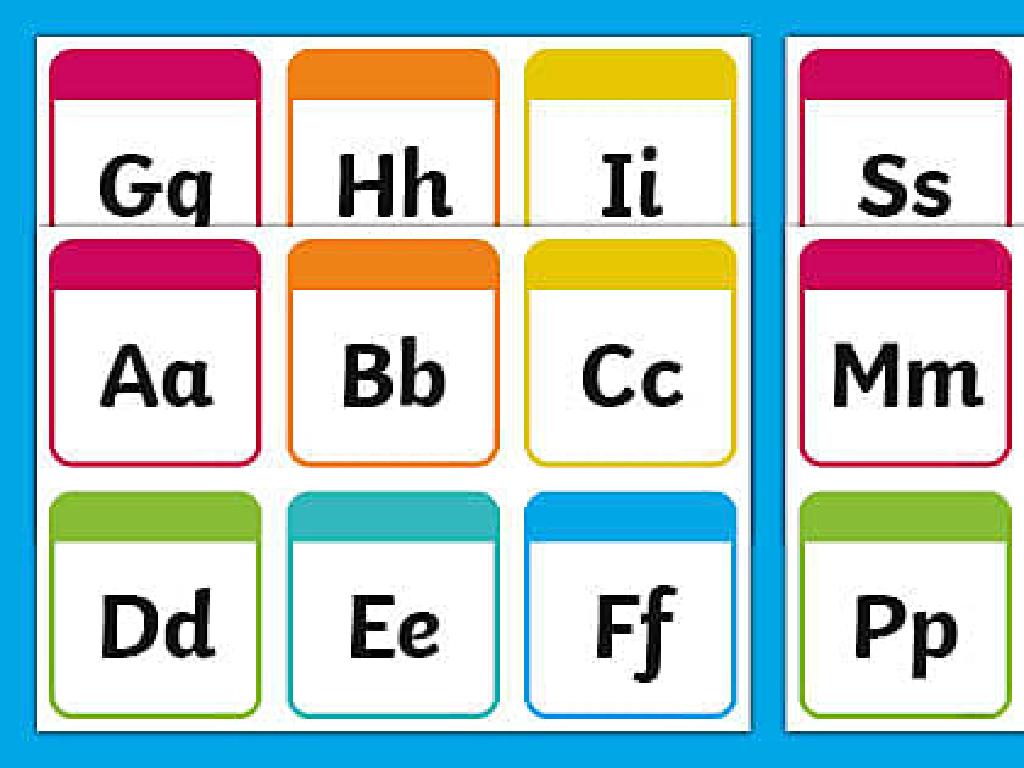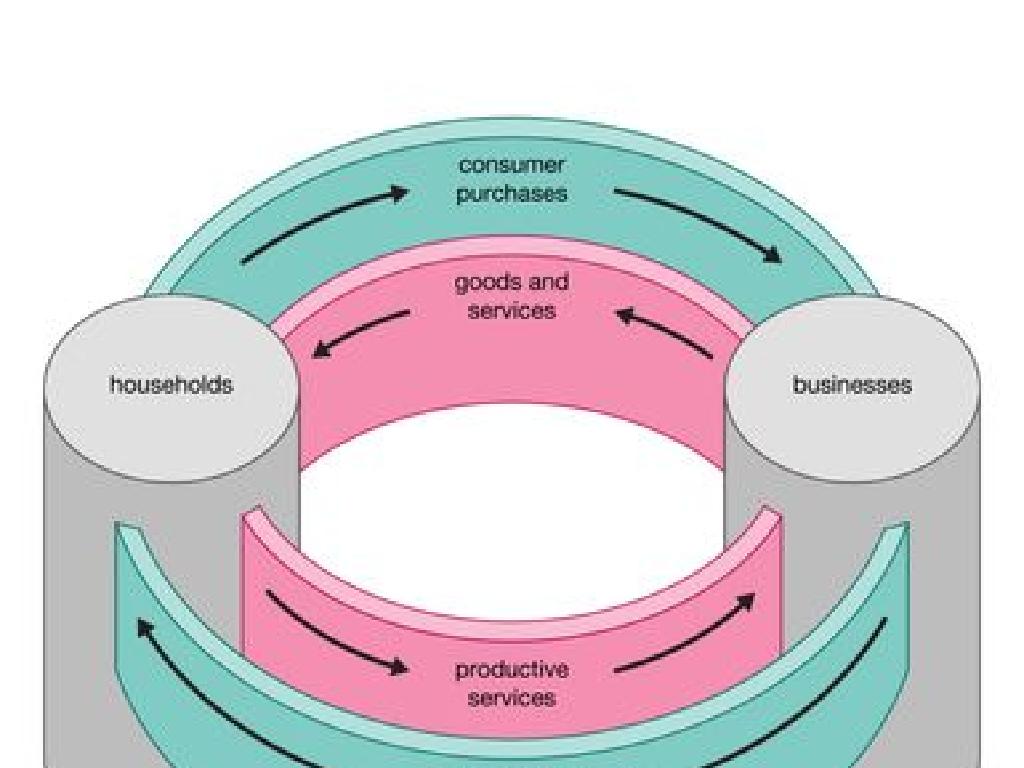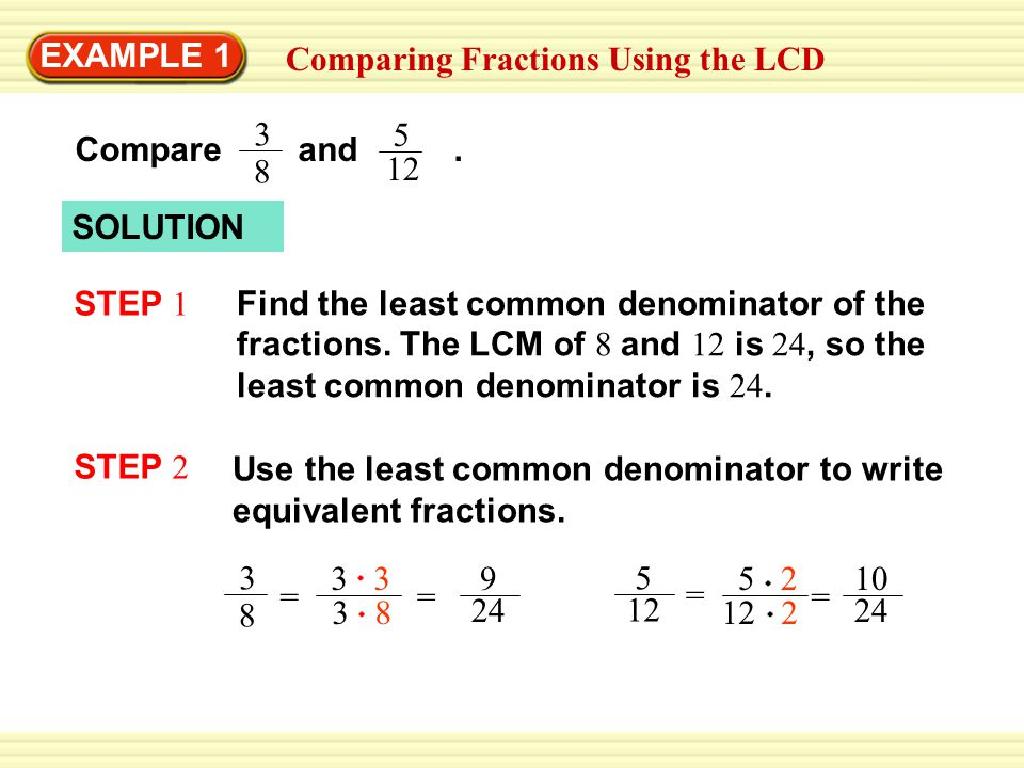Conjugated Systems And Pericyclic Reactions
Subject: Science
Grade: High school
Topic: Organic Chemistry
Please LOG IN to download the presentation. Access is available to registered users only.
View More Content
Introduction to Organic Chemistry
– Explore Organic Chemistry basics
– Study of carbon-based compounds and their reactions
– Organic Chemistry in daily life
– Found in medicines, plastics, and more
– Overview of Conjugated Systems
– Systems with alternating single and multiple bonds
– Introduction to Pericyclic Reactions
– Reactions involving cyclic redistribution of bonding electrons
|
This slide introduces students to the fundamental concepts of Organic Chemistry, emphasizing its ubiquity in everyday life through examples like medications and plastics. It also provides a glimpse into more advanced topics such as Conjugated Systems, which are structures with alternating single and double bonds that allow for unique chemical properties, and Pericyclic Reactions, which involve the movement of electrons in a cyclic fashion to create new bonds. This sets the stage for a deeper dive into how these concepts are pivotal in understanding chemical reactions in organic molecules.
Understanding Conjugated Systems
– Define conjugated systems
– A system with alternating single and multiple bonds allowing delocalization of À electrons.
– Role of À bonds in conjugation
– À bonds overlap, electrons delocalize, stabilizing the molecule.
– Examples of conjugated molecules
– ²-carotene, responsible for the orange color in carrots, and chlorophyll, which gives plants their green color.
|
This slide introduces the concept of conjugated systems, which are important in organic chemistry due to their unique electronic properties. Conjugated systems are characterized by a sequence of alternating single and multiple bonds, which allows for the delocalization of À electrons across the system. This delocalization provides additional stability to the molecule and is responsible for various chemical properties. When discussing À bonds, emphasize their role in electron delocalization and how this affects molecular stability. Use vivid examples like ²-carotene and chlorophyll to illustrate the concept, as these are relatable and visually recognizable to students. Encourage students to think of other examples of conjugated systems they may encounter in everyday life.
Stability in Conjugated Systems
– Conjugation enhances stability
– Conjugated systems have alternating single and double bonds allowing for more stable molecular structures.
– Delocalization in conjugated systems
– Electrons in À-orbitals spread over several adjacent atoms, reducing electron-electron repulsion.
– Comparing conjugated and non-conjugated
– Non-conjugated systems lack this electron delocalization, often making them less stable.
– Stability implications in reactions
– Conjugated systems are less reactive in certain conditions due to their stability.
|
This slide aims to explain the concept of stability in conjugated organic systems. Conjugation refers to the alternation of single and double bonds, which allows for the delocalization of À-electrons across the molecule. This delocalization is responsible for the increased stability of conjugated systems compared to non-conjugated systems, where electrons are localized. The stability of conjugated molecules plays a significant role in their reactivity, particularly in pericyclic reactions, where electron delocalization can lead to lower activation energies and more favorable reaction pathways. Students should understand that this stability is a key factor in the behavior of molecules during chemical reactions.
Pericyclic Reactions Overview
– Define pericyclic reactions
– Reactions occurring in a single step, without intermediates, involving a cyclic redistribution of bonding electrons.
– Types: Cycloadditions, Electrocyclic, Sigmatropic
– Cycloadditions: two or more unsaturated molecules form a ring. Electrocyclic: a single molecule forms a ring. Sigmatropic: atoms in a molecule rearrange.
– Concerted reactions explained
– All bond-making and -breaking occur simultaneously in a single, smooth transition state.
– Significance in organic synthesis
|
This slide introduces pericyclic reactions, a class of reactions that proceed via a cyclic transition state and are characterized by their concerted nature. Students should understand that these reactions do not involve intermediates and that the electrons move in a cyclic fashion. The three main types of pericyclic reactions are cycloadditions, electrocyclic reactions, and sigmatropic rearrangements, each with unique mechanisms and outcomes. Emphasize the importance of these reactions in forming complex organic structures efficiently and stereoselectively. Provide examples like the Diels-Alder reaction for cycloaddition, ring-closing in electrocyclic reactions, and the Cope rearrangement for sigmatropic shifts. This foundational knowledge sets the stage for exploring the detailed mechanisms and applications of pericyclic reactions in organic chemistry.
Molecular Orbitals in Pericyclic Reactions
– Pericyclic reactions & molecular orbitals
– Reactions involving electron clouds shifting as rings or chains
– Frontier orbitals: HOMO-LUMO concept
– HOMO: highest occupied, LUMO: lowest unoccupied molecular orbitals
– Woodward-Hoffmann rules overview
– Set of guidelines determining pericyclic reaction outcomes
– Applying rules to reaction prediction
– Use rules to predict products of pericyclic reactions
|
This slide introduces the concept of molecular orbitals as they relate to pericyclic reactions, a type of reaction involving the shifting of electron clouds in a cyclic or chain-like fashion. Emphasize the importance of frontier molecular orbitals, specifically the highest occupied molecular orbital (HOMO) and the lowest unoccupied molecular orbital (LUMO), and their interactions during these reactions. Introduce the Woodward-Hoffmann rules, which are crucial for predicting the stereochemical outcomes of pericyclic reactions. Encourage students to understand how these rules can be applied to predict the products of such reactions. Provide examples of pericyclic reactions and ask students to identify HOMO and LUMO in each case.
Pericyclic Reactions in Organic Chemistry
– Diels-Alder cycloaddition reaction
– A reaction between a diene and a dienophile forming a six-membered ring
– Electrocyclic reactions
– Reactions involving electron pairs moving to form or break a ring
– Sigmatropic rearrangements
– Rearrangements involving the migration of Ã-bonds along À-systems
– [1,3]-hydrogen shift
– A specific sigmatropic reaction where a hydrogen atom moves over three bonds
|
This slide introduces students to pericyclic reactions, a class of reactions that occur via a concerted process through cyclic transition states. The Diels-Alder reaction is a prime example of a cycloaddition, where a conjugated diene and a dienophile combine to form a cyclohexene. Electrocyclic reactions involve the making or breaking of rings by the rotation of pi bonds, which can be visualized as ring opening or closing. Sigmatropic rearrangements are a complex class of reactions where a sigma bond moves across a pi system; the [1,3]-H shift is a common example where a hydrogen atom moves over three bonds. Encourage students to explore these reactions by drawing mechanisms and identifying the movement of electrons. This will help them understand the concept of concerted reactions and the importance of molecular orbitals in pericyclic processes.
Predicting Products in Pericyclic Reactions
– Woodward-Hoffmann Rules
– Guidelines for conservation of orbital symmetry in reactions
– Predict pericyclic reaction products
– Use rules to determine the stereochemistry of the reaction outcome
– Analyze reaction mechanisms
– Discuss the step-by-step process of electron shifts in reactions
– Engage in group discussions
– Collaborate to understand different perspectives and clarify doubts
|
This slide aims to deepen students’ understanding of pericyclic reactions by applying the Woodward-Hoffmann Rules. These rules are essential for predicting the stereochemical outcomes of reactions based on the conservation of orbital symmetry. Students should practice using these rules to predict the products of given pericyclic reactions, enhancing their problem-solving skills. Additionally, group discussions will facilitate a collaborative learning environment where students can analyze reaction mechanisms and clarify any doubts. Encourage students to explain their reasoning during discussions and to consider how the Woodward-Hoffmann Rules apply to each step of the reaction mechanism.
Class Activity: Modeling Pericyclic Reactions
– Build molecular models hands-on
– Observe electron delocalization
– Visualize electrons moving in a conjugated system
– Discuss observations with peers
– Share insights from the activity
|
This class activity is designed to provide students with a hands-on experience in understanding pericyclic reactions. Students will use molecular model kits to build structures that represent pericyclic reactions, allowing them to visualize the process of electron delocalization in conjugated systems. After constructing their models, students should observe the movement of electrons and discuss their observations in small groups, fostering peer learning. The teacher should facilitate a class discussion afterward to consolidate the learning experience, encouraging students to share their insights and deepen their understanding of the dynamic nature of electron movements in these reactions. Possible activities include modeling the Diels-Alder reaction, visualizing a sigmatropic rearrangement, or constructing a molecular orbital diagram to accompany the physical models.
Conjugated Systems & Pericyclic Reactions: Recap
– Recap: Conjugated systems
– Conjugation involves alternating single and double bonds, allowing delocalization of electrons.
– Stability of conjugated systems
– This delocalization provides added stability compared to isolated double bonds.
– Summary: Pericyclic reactions
– Pericyclic reactions involve the reorganization of bonding electrons through a cyclic transition state.
– Significance of pericyclic reactions
– These reactions are significant due to their concerted mechanism and role in synthetic chemistry.
|
This slide aims to summarize the key concepts of conjugated systems and pericyclic reactions. Begin by recapping the structure of conjugated systems, emphasizing the alternating single and double bonds and the concept of electron delocalization. Highlight the increased stability these systems have over non-conjugated systems. Then, summarize pericyclic reactions, explaining their mechanism and why they are important in the context of organic synthesis. The Q&A session should be an interactive opportunity to clarify any doubts and reinforce the students’ understanding of the topics covered.
Homework: Conjugated Systems & Pericyclic Reactions
– Practice problems on conjugation
– Explore real-world applications
– Consider how conjugation affects color in dyes and vision
– Review next class’s topics
– Prepare for upcoming discussions
– Topics include Electrocyclic Reactions & Cycloadditions
|
This homework assignment aims to reinforce the concepts of conjugated systems and pericyclic reactions. Provide students with a set of practice problems that challenge their understanding of the material covered in class. Encourage them to explore how these concepts apply to real-world scenarios, such as the role of conjugation in the color properties of dyes or in the chemistry of vision. Remind students of the upcoming topics, including electrocyclic reactions and cycloadditions, and advise them to prepare by reviewing the relevant sections in their textbooks. This preparation will facilitate a more engaging and productive class discussion.






